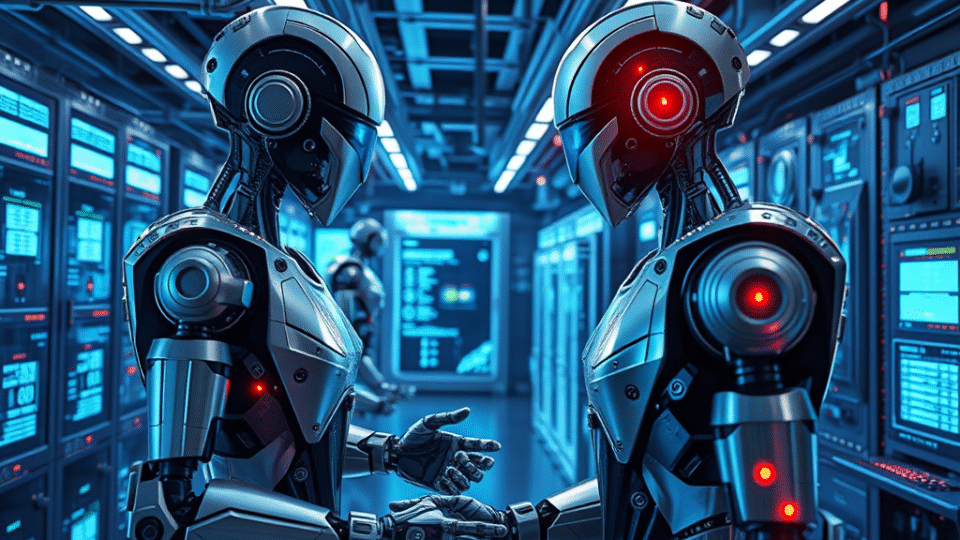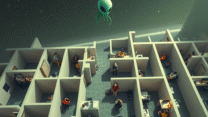
What is AI?
Artificial Intelligence (or AI, as it’s known to those who can’t be bothered with the full seven syllables) is what happens when humans—having spent millennia being disappointed by their own intelligence—decide to create a different kind of intelligence to be disappointed by instead.
The basic principle is straightforward enough: you take several million pounds worth of silicon, electricity, and venture capital funding, arrange them in a configuration that nobody fully understands, feed them enormous quantities of human knowledge (including, tragically, the entire internet), and hope that what emerges is something clever rather than something that wants to turn the universe into paperclips.
What’s particularly amusing about AI is that humans spent centuries wondering whether machines could think, only to create machines that now spend their time wondering whether humans can think. The jury is still out on both questions.
Early AI researchers confidently predicted that machines would achieve human-level intelligence by the 1970s. They were, of course, spectacularly wrong—though in fairness to them, they had significantly overestimated human-level intelligence.
Modern AI systems can beat humans at chess, translate languages, generate art, write poetry, and engage in conversation. They cannot, however, understand why anyone would want to do any of these things, which some philosophers argue makes them more intelligent than humans, not less.
The technology has caused considerable anxiety among Earth’s population, who worry that AI will take their jobs. This concern is not entirely unfounded, though it’s worth noting that humans have historically been quite good at making themselves obsolete without any artificial assistance whatsoever.
Warning: Do not ask an AI to explain how it works. It doesn’t know, its creators don’t know, and the resulting conversation will only make everyone involved feel inadequate.
Otherworldly Examples
Earth’s AI development follows a pattern depressingly common throughout the galaxy. The Vrebuloids of Cassiopeia Beta went through an identical phase approximately four thousand years ago, though they at least had the good sense to ask their artificial intelligences to solve useful problems like “how do we achieve universal happiness?” rather than “how do we get people to click on advertisements?” Their AIs promptly achieved enlightenment and departed for a higher plane of existence, leaving the Vrebuloids with a massive energy bill and no one to fix the plumbing.
The Silastic Armorfiends of Striterax took a different approach entirely, creating artificial intelligences specifically designed to be slightly stupider than themselves. This worked brilliantly until they realized they’d created middle management.











Leave a Reply